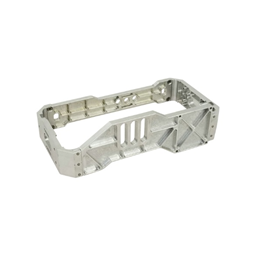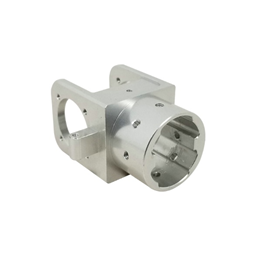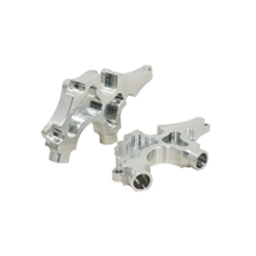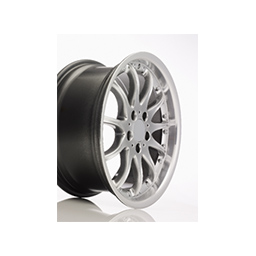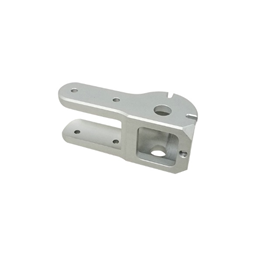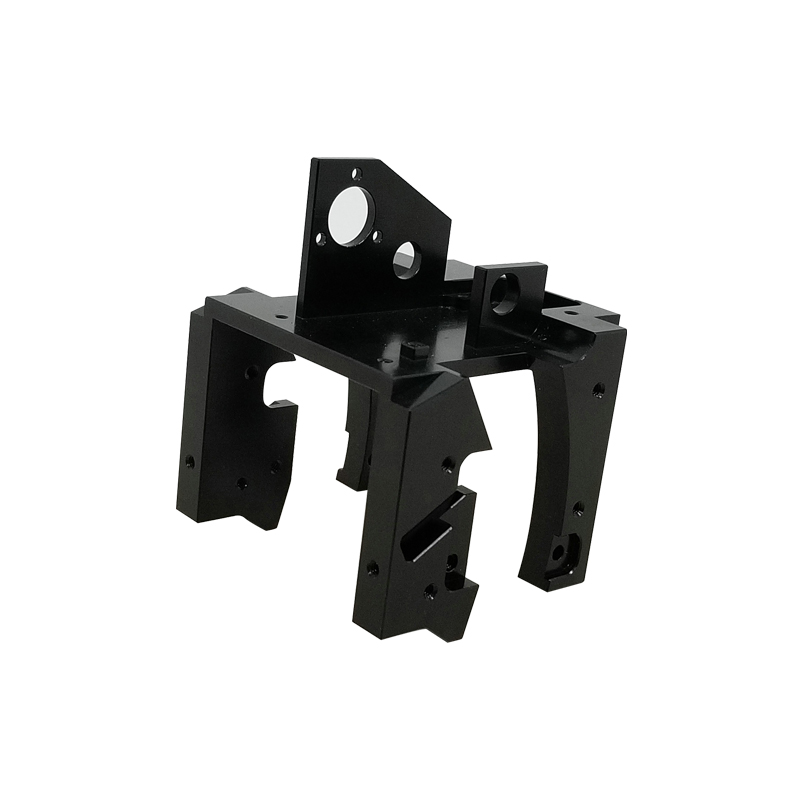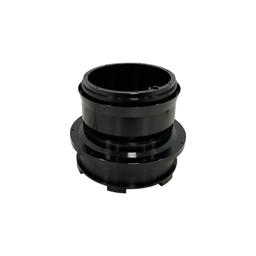| Name | Description | |
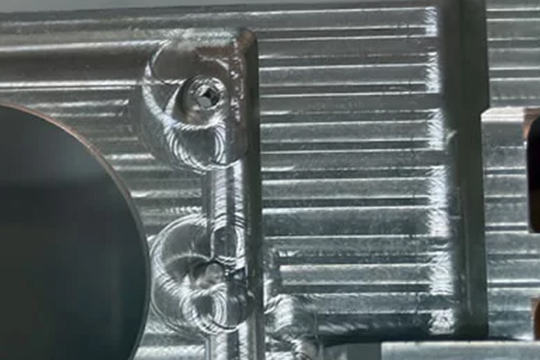 | As Machined | Coming out of the machine after machining, our parts are cleaned of any sharp edges and burrs while retaining marks. Without any added material, the part had a surface roughness of 3.2 μm (126 μin). |
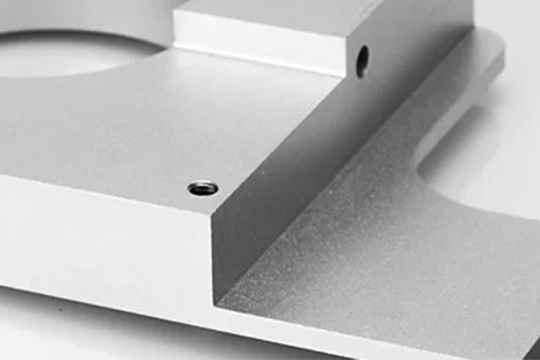 | Band Blasting | Band blasting cleans the surface of any impurities and peels coating through the propelling of blast media streams over the parts. |
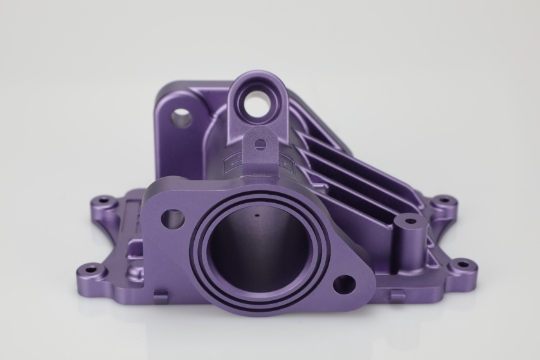 | Anodizing | To increase surface hardness and dissipate heat, we use anodizing techniques to enhance the look of parts and blend well for painting and priming. |
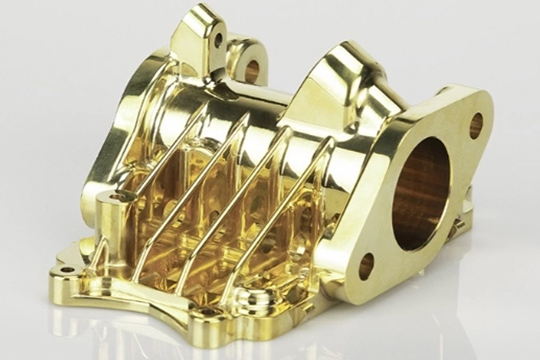 | Electroplating | Electroplating reduces metal cations in the electrolyte solution, producing a metallic coating on a metal surface. This process can be used for purposes of corrosion and wear resistance, as well as for decorative purposes. |
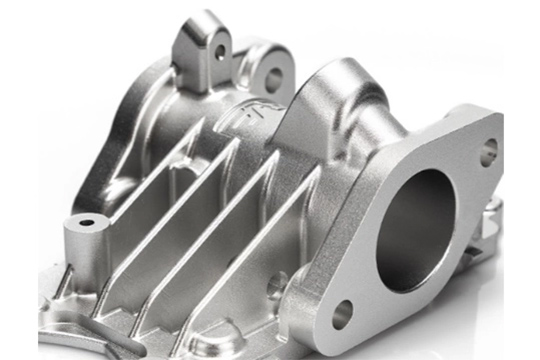 | Polishing | Working on metal and hard plastics, our polishing uses highly efficient machinery to get our parts between Ra 0.8~Ra0.1 for a cleaner surface. |
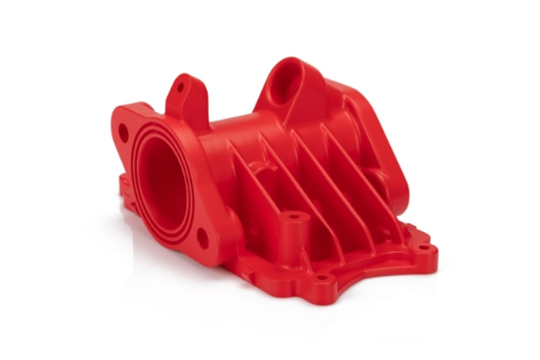 | Powder coating | We apply a thin layer of protective polymer with the corona discharge phenomenon to give our part a lasting finish that protects from impacts and prevents wearing down. |
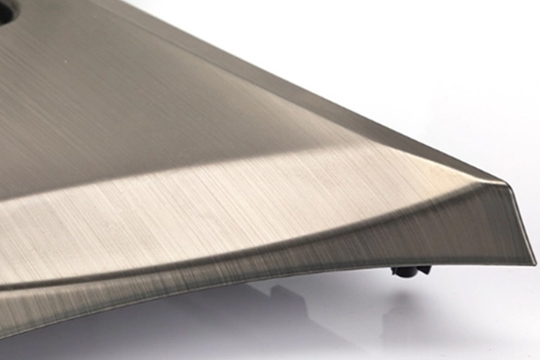 | Brushing | Our brushing technique uses abrasive belts over the material to create diverse patterns that match the parts’ structure and color. |
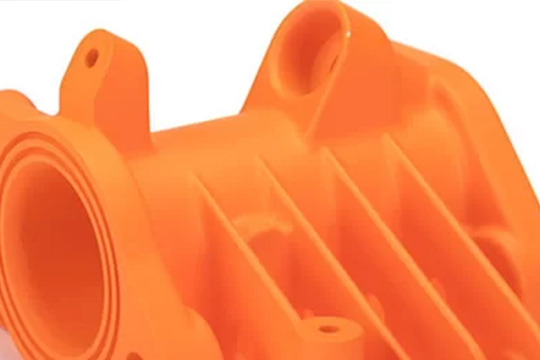 | Painting | Painting involves Spray droplets can be dispersed uniformly or in fine amounts to cover a wide surface area and bring out greater color to the part. |
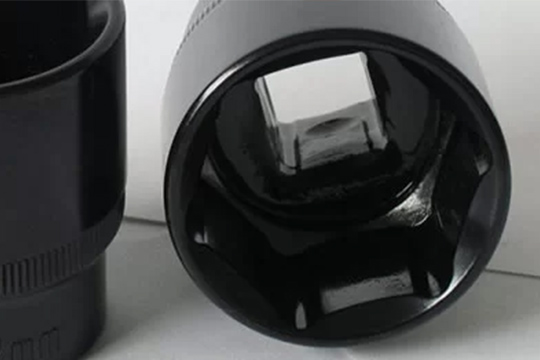 | Black Anodized | Adding layers to metallic surfaces like steel, our black anodized technique improves appearance while maintaining durability. |
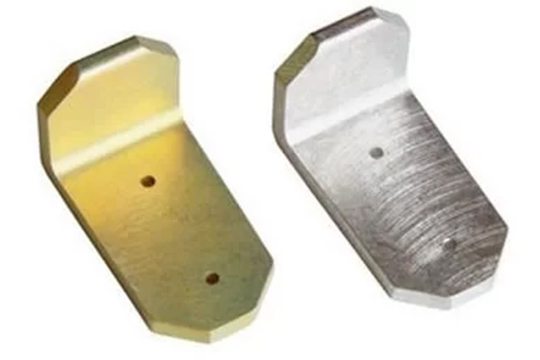 | Alodine | We use chromate conversion coating or alodine to protect aluminum and other materials from corrosive elements, usually done before priming and painting parts. |
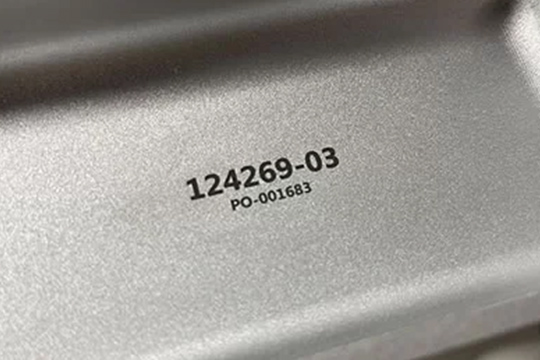 | Laser Carving | Helpful in brand recognition or parts organization, we use laser carving that applies various printing methods during full-scale production to quickly embed barcodes, lettering and logos on the parts. |
Introduction to Aluminum
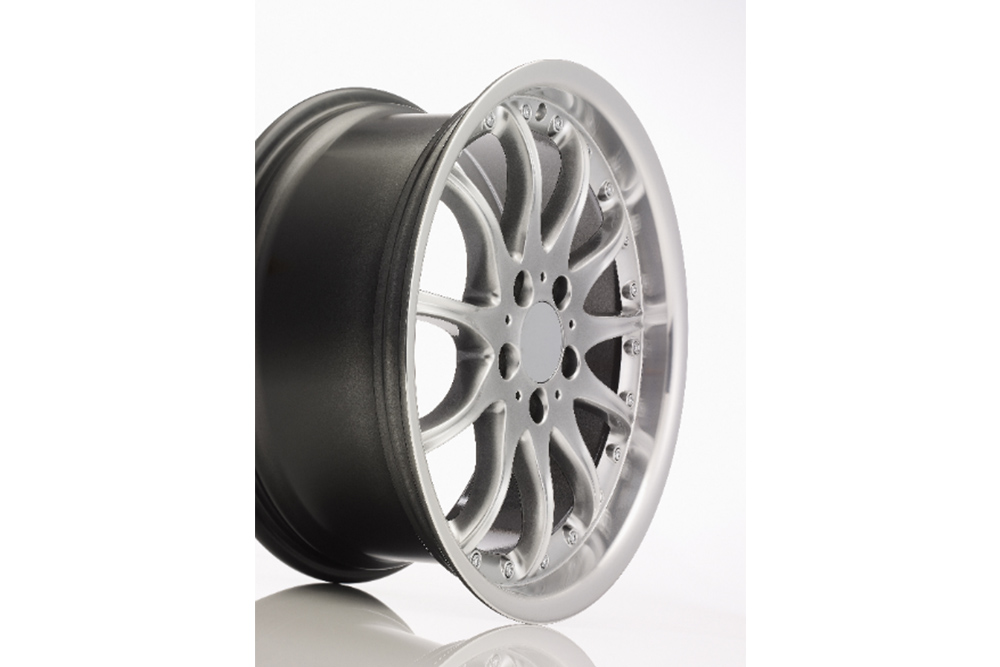
Aluminum is a highly adaptable and robust material that is commonly used in CNC machining. It possesses exceptional corrosion resistance, making it a popular choice. Additionally, aluminum exhibits outstanding machinability, welding, and electroplating qualities. With its impressive strength-to-weight ratio and excellent temperature resistance, it is widely utilized in various industries such as automotive, aerospace, defense, transportation, building, packaging, electronics, and consumer goods. After machining, aluminum has a low risk of deformation or flaws and is easy to color and polish.
Information of Aluminum
Aluminun is the most common materials for parts machining and manufacturing,below is some common information about aluminum.
| Features | Info |
Subtypes | 6061-T6, 7075-T6, 7050, 2024, 5052, 6063, etc |
| Process | CNC machining, sheet metal fabricatio, die casting |
| Tolerance | With drawing: as low as +/- 0.005 mm No drawing: ISO 2768 medium |
| Applications | Light & economic, used from prototyping to production |
Finishing Options | Alodine, Anodizing Types 2, 3, 3 + PTFE, ENP, Media Blasting, Nickel Plating, Powder Coating, Tumble Polishing. |
Available Aluminum Subtypes
NONLE has dealed with warioud aluminum subtypes for parts machining:
Subtypes | Yield Strength | Elongation at Break | Hardness | Density | Maximum Temp |
Aluminum 6061-T6 | 35,000 PSI | 12.50% | Brinell 95 | 2.768 g/㎤ 0.1 lbs / cu. in. | 1080° F |
Aluminum 7075-T6 | 68,000 psi | 11% | Rockwell B86 | 2.768 g/㎤ 0.1 lbs / cu. in | 380° F |
Aluminum 5052 | 23,000 psi | 8% | Brinell 60 | 2.768 g/㎤ 0.1 lbs / cu. in. | 300° F |
Aluminum 6063 | 16,900 psi | 11% | Brinell 55 | 2.768 g/㎤ 0.1 lbs / cu. in. | 212° F |
Surface Finishes for Your Choosing
NOBLE has more than ten years of experience in surface treatment and excellent engineers, who are proficient in surface treatment of plastics, metals, and composite materials, and can turn your dream prototype or parts into reality.


